Milk. Our family goes through eight litres of the stuff every week.
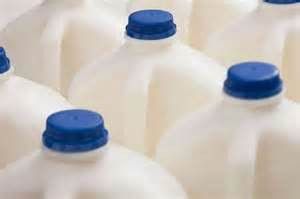
Although I love that my family gets plenty of milk, I hate the milk bottles. Each week, my recycling bag is bigger than my rubbish bag and it’s milk bottles that take up most the space. There are only so many bailers, diggers, paint pots and childrens craft tractors that you can make out of milk bottles, and the rest need to be sent off for recycling. Perfectly good plastic bottles that have only been used once.
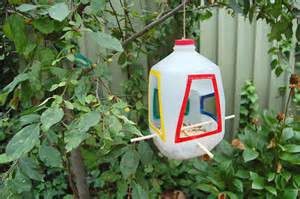
There’s a limit to the number of bird feeders I need…
So I got thinking. How can I get my milk without all the bottles (without getting my own cow)?
A few years back, we hosted a Rural Youth exchangee from a Swiss dairy farm. They sell their milk through a vending machine at the end of their driveway – people from the village refill their own containers after paying for their required amount. Brilliant! Wouldn’t one of these be great in the local supermarket!? So, some research and emails with the vending company (
www.brunimat.ch) and I was excited at the technology, but disappointed that it wasn’t going to be viable in Katanning. There are currently none in Australia from this company (although New Zealand has two), and distance to the milk supply is a key issue. The vending machine needs to be supplied with fresh milk up to twice daily – Katanning is just too far from any dairies to make this work.
Although could it be a winner in other South West towns perhaps?
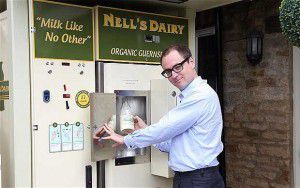
A British example of a milk vending machine.
So I got onto
Dairy Australia, and had a great conversation with a very knowledgeable and friendly officer there. Here’s some of the gems I gleaned:
- Plastic milk bottles make up about 70% of sales in Australia, paper cartons the other 30%.
- Australians buy milk mainly in 2L volumes, followed by 1L with 3L bottles being least popular. The US and Middle East favour 3L and 4L volumes.
- 13 – 14c of the price of 2L of milk is the cost of the plastic bottle.
- The industry has tried using thinner plastic, but it can’t support the weight of the milk well enough.
- Plastic pouches (like the ones Bannister Downs Dairy use here in WA) are an option for reducing packaging, and are popular particularly in poorer countries because they’re cheaper to make.
- The industry is currently not looking to change the plastic milk bottle as the main form of milk packaging in the near future, as it is the best current option.
So – although I am a lot more educated on milk packaging, I still have 8L worth of cartons in my recycling each week and can’t work out how to change it without giving up fresh milk.
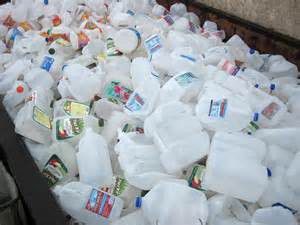
There’s got to be a better option than contributing to this.
 Although I love that my family gets plenty of milk, I hate the milk bottles. Each week, my recycling bag is bigger than my rubbish bag and it’s milk bottles that take up most the space. There are only so many bailers, diggers, paint pots and childrens craft tractors that you can make out of milk bottles, and the rest need to be sent off for recycling. Perfectly good plastic bottles that have only been used once.
So I got thinking. How can I get my milk without all the bottles (without getting my own cow)?
A few years back, we hosted a Rural Youth exchangee from a Swiss dairy farm. They sell their milk through a vending machine at the end of their driveway – people from the village refill their own containers after paying for their required amount. Brilliant! Wouldn’t one of these be great in the local supermarket!? So, some research and emails with the vending company (www.brunimat.ch) and I was excited at the technology, but disappointed that it wasn’t going to be viable in Katanning. There are currently none in Australia from this company (although New Zealand has two), and distance to the milk supply is a key issue. The vending machine needs to be supplied with fresh milk up to twice daily – Katanning is just too far from any dairies to make this work. Although could it be a winner in other South West towns perhaps?
So I got onto Dairy Australia, and had a great conversation with a very knowledgeable and friendly officer there. Here’s some of the gems I gleaned:
Although I love that my family gets plenty of milk, I hate the milk bottles. Each week, my recycling bag is bigger than my rubbish bag and it’s milk bottles that take up most the space. There are only so many bailers, diggers, paint pots and childrens craft tractors that you can make out of milk bottles, and the rest need to be sent off for recycling. Perfectly good plastic bottles that have only been used once.
So I got thinking. How can I get my milk without all the bottles (without getting my own cow)?
A few years back, we hosted a Rural Youth exchangee from a Swiss dairy farm. They sell their milk through a vending machine at the end of their driveway – people from the village refill their own containers after paying for their required amount. Brilliant! Wouldn’t one of these be great in the local supermarket!? So, some research and emails with the vending company (www.brunimat.ch) and I was excited at the technology, but disappointed that it wasn’t going to be viable in Katanning. There are currently none in Australia from this company (although New Zealand has two), and distance to the milk supply is a key issue. The vending machine needs to be supplied with fresh milk up to twice daily – Katanning is just too far from any dairies to make this work. Although could it be a winner in other South West towns perhaps?
So I got onto Dairy Australia, and had a great conversation with a very knowledgeable and friendly officer there. Here’s some of the gems I gleaned:




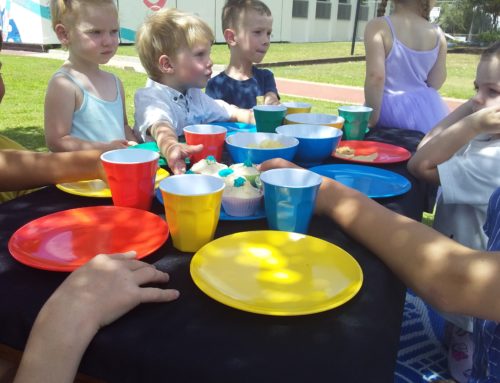

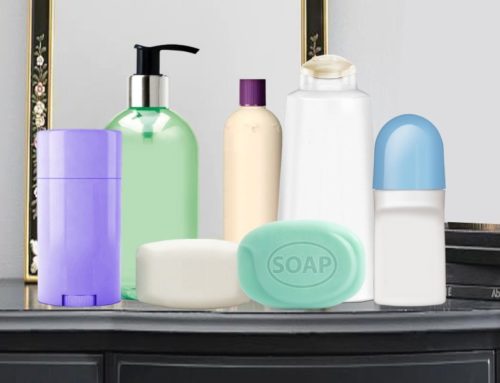
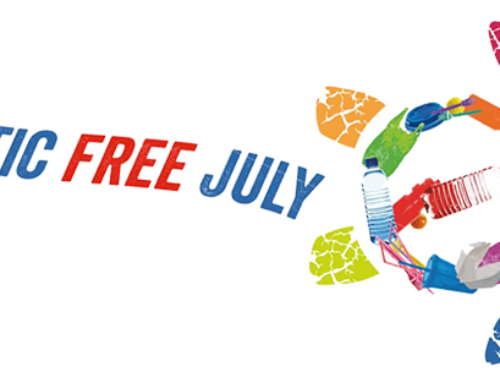
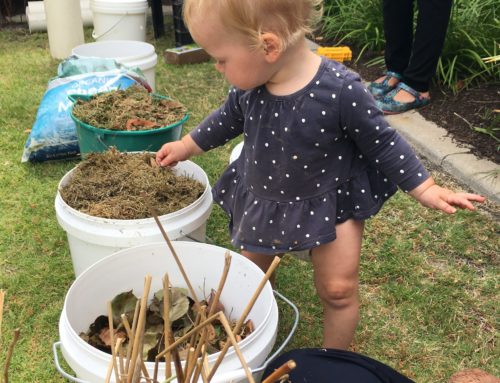
was thinking about this exact issue today! Go NZ though! I might have to switch to milk with paper container… hence non fresh variety…
Thanks for the research! Nice work!!
Hi Cindy – Glad you enjoyed the article! However, before you switch, a lot of places actually can’t recycle Tetra-paks (the UHT milk style containers), so they end up in landfill which is then worse than recycling the plastic bottles. Check with your local government if they do recycle tetra-paks – the Katanning area for example doesn’t. Don’t just believe the recycling symbol on the carton – just because it can be, doesn’t mean it is.
Recycling is a very complicated business! Maybe I do need to get a cow…
This is such a frustrating issue, and one we didin’t have throughout the childhoods of my parents generation. Can we not return to the good old milk delivery system in glass bottles? I’m sure the supermarket giants would have complaints about this, but surely it could be an option. I have just been reading about a recycling crisis in Victoria because China is no longer importing certain recyclables which has left Victorian waste collectors and processes with no where to send the 3500 tonnes of recyclables per year that Victorian’s generate. This is just devastating! We really need to change our consumption of plastics. Bring back the glass milk bottle refill system! I intend to do some further research into anyone who is doing this as I know it was an available service through certain health food shops in Melbourne 10 or so years ago. The vending machine system is also a brilliant idea and one I hope Australia will adopt sooner rather than later. Thank you for putting the time into this article.
Thanks for the thoughtful message back.
We, of course, agree that there are a number of great alternatives – things that worked before, so why can’t they work again? Fingers crossed we get an alternative to the plastic, because now, with without China taking our plastic recycling, as you’ve said, we’re just making an even bigger mess with all that milk!
Good luck with your own endeavors and let us know if you make any headway with the glass-refill system! 🙂
Unless glass bottles are goin to be more sturdy than they used to be, many will get broken daily. I happened to be looking up the history of the cardbord ccartons for milk, and found one benefit was less waste through the amount of bottles being broken each day to supply the 1.2 million litres a day, melbournians consumed at the time (1968), the cost of replacing the the broken bottles outweighed the saving of recycling the old ones, hence the introduction of the cardbord milk carton.
Hi there. I am interested in the research you did into Brunimat. Can I email you to discuss ? Thanks, Clare. Margaret River.
Hi Ella,
I first came across the concept of milk vending machines in a book I am reading about an American family living in a village in Italy for a year. They were excited to discover a raw milk vending machine in their local shop. Since then I can not get the idea out of my head, wouldn’t it be wonderful if we could do the same here? Obviously it would have to be a pasteurised milk version but that shouldn’t be too difficult should it? I live in the south west town of Augusta and I am hoping to get something started here. Thank you for your article and research. If you have any tips for me please let me know!
Best regards, Audrey
merican
Hi Audrey – have you had any luck progressing the milk vending machine in Augusta? I’d love to hear if you’d had success!